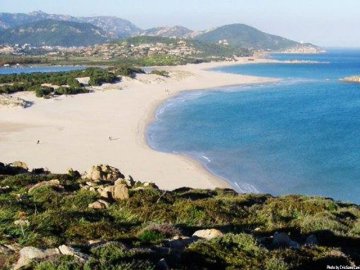
REISEN DOMUS DE MARIA FULL
Payment must be made in full with an American Express Card in the Platinum Card Member and Centurion Member's or Centurion ®️ Member's name. In recent times the church has been restored.Valid only for new Fine Hotels + Resorts bookings made through Centurion Travel service, American Express Travel Online (where available) or any American Express Travel location. Small church rebuilt in 1744, little is known of its ancient history. The Chapel of the Holy Spirit, also known as “Madonna dell’Altomare”, stands on a hill sloping down to the sea. The “Last Supper” and the “Washing of the Feet” stand out on the barrel vault of the northwest nave. Inside you can admire rich frescoes depicting biblical scenes. It was originally equipped with a side door and an altar dating back to the seventeenth century. The church dates back to the 8th century and has a Greek cross plan. Characterizing the cathedral of Otranto is the splendid floor mosaic from 1163. In the right aisle, you can admire a Byzantine Madonna and Child. Note the splendid coffered ceiling in gold-colored wood on a black and white background. The cathedral has a Latin cross plan with three naves, a semicircular apse, and two side chapels. Inside, immediately after the door, on the right, you can see the sepulcher of Archbishop Serafino da Squillace. On the facade stands the large Renaissance rose window on the entrance portal, surmounted by the coat of arms of Archbishop Adarzo of Santander. What we see today is the synthesis of different styles: early Christian, Byzantine, and Romanesque. Built on the highest point of the town, and on the remains of a Roman domus, a Messapian village, and an early Christian temple, its origin dates back to 1080. Inside the ancient village of the Aragonese Castle, among the suggestive alleys, you can see large granite balls, catapulted by the Saracen bombards in 1480.Īnother jewel of Otranto is the cathedral. Reached Porta a Mare and along a long wooden staircase, you arrive at the port. The Corso leads to Piazza del Popolo where the Clock Tower stands, a building built in 1799 and embellished with the city coat of arms. Reached Corso Garibaldi we are in the commercial artery of Otranto. Further on is Porta Alfonsina, built in 1481 and dedicated to Alfonso, Duke of Calabria, who freed the village from the Ottomans. It is accessed from Porta Terra, along with a bastion of the Napoleonic era, and immediately opens the triangular-shaped square, built in the second half of the sixteenth century. The ancient village is the heart of the city. The maximum splendor, however, came in the epoch of the second Byzantine domination. Even in the Roman period, Otranto was one of the most important seafaring cities in Puglia. Life certainly began here in the Bronze Age, several findings from that period and continued in the Messapian era, when it was an important maritime port on the Adriatic. The name could be of Greek origin, ‘Ydrous in classical Greek, Hydruntum in Latin, Ydrentòs in the Byzantine era, Derentò in the Greek meaning, while the Otrantini pronounce it Ótruntu. Otranto is the easternmost city in Italy and is also known as the “Gateway to the East”. Its historic center contains unique architectural treasures. Its port in summer is filled with boats, its beaches are stormed also thanks to the clear and inviting sea. Today Otranto is a picturesque seaside town that thrives on tourism. Sometimes these populations were viewed with fear, like the Saracens, who in 1480 put the city to fire and sword, other times as a source of culture and progress.

Salento is a language extending to the east and with Otranto, in the province of Lecce, above all, it has always been a natural bridge between East and West, a crossroads of peoples, a set of cultures.


 0 kommentar(er)
0 kommentar(er)
